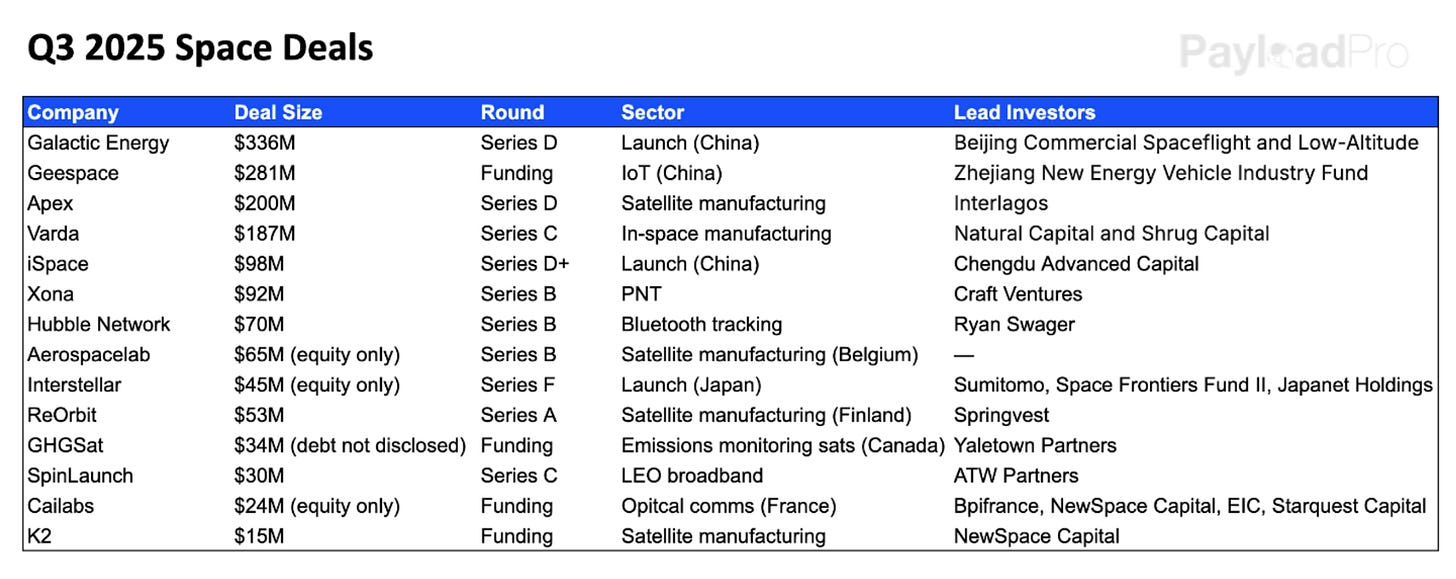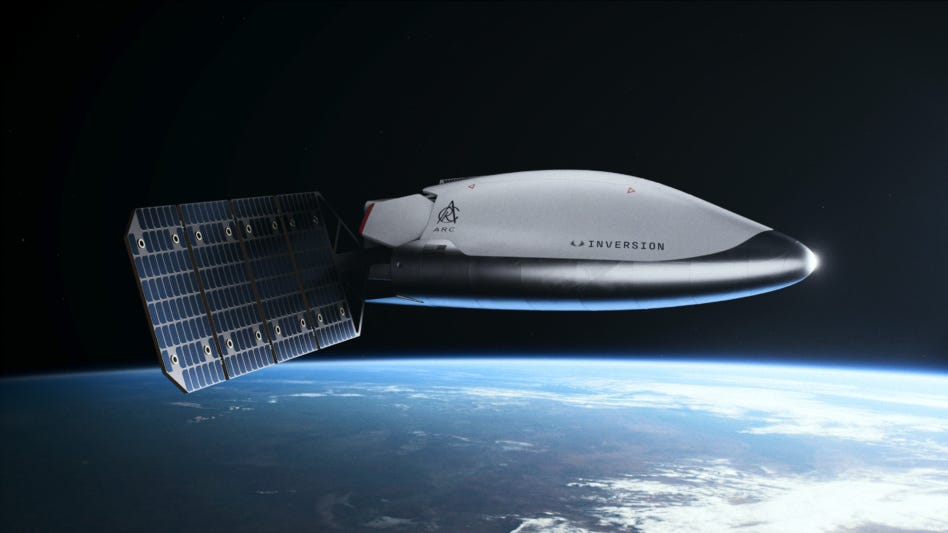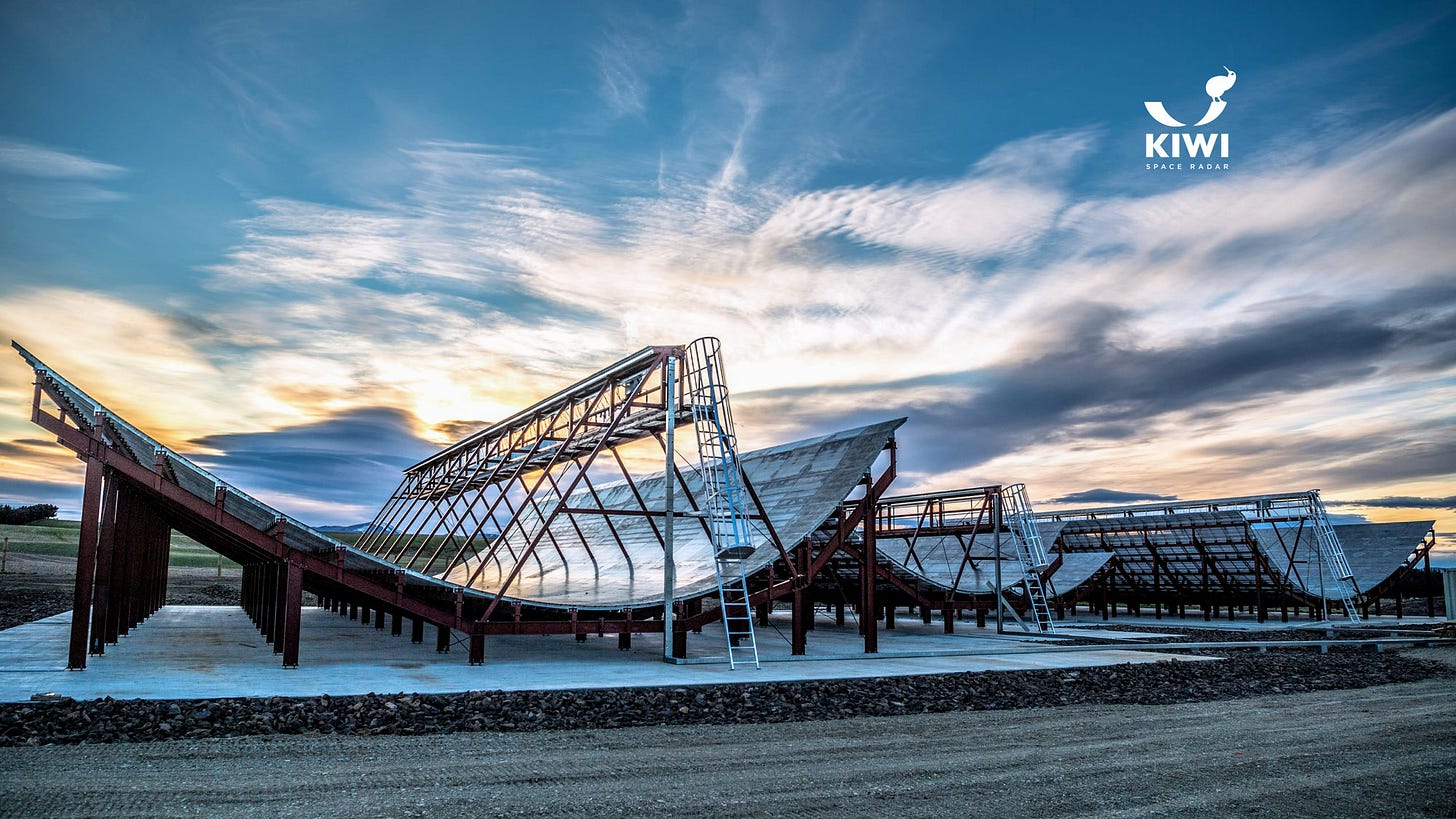This Week in Launch – #3
Firefly's explosive setback, Europe copies Starship, and more
Welcome to the third issue of This Week in Launch, a roundup of space-related news posted at the end of each week.
Thank you for joining me! Let’s dive in.
BOOM! Firefly Booster Explodes During Test
On Monday, the first stage of Firefly Aerospace’s Alpha rocket blew up during a test stand anomaly in Briggs, Texas.
The company confirmed that all personnel were safe. This happened just a week after the first earnings call announced “good progress” toward resuming launches following its sixth flight failure in April, and only a month after renewed FAA clearance.
Firefly went public on the NASDAQ last month, raising nearly $900 million in its initial public offering. Since then, its stock has fallen more than 50%. Really unfortunate to see, and hopefully they can recover quickly.
Global Delivery in Under an Hour
On Wednesday, from its factory in Los Angeles, startup Inversion Space unveiled its new Arc delivery spacecraft.
Arc’s purpose is to deliver 500 pounds of on-demand cargo to the US military anywhere in the world, instantly. It can store payload in orbit for up to five years, maneuver 1,000 km cross-range during reentry, and land via parachutes without requiring a runway. Because the propulsion system uses non-toxic materials, a soldier can approach it immediately after landing without any protective gear.
The company has raised $54 million, secured a $71 million SpaceWERX contract, and is part of a $1.45 billion Program of Record for hypersonic testing. Its long-term vision is to become a new mode of transportation, but per the CEO, it is “fully focused on defense right now”. They aim to launch the first Arc vehicle by the end of 2026, with a constellation of vehicles in orbit by 2028.
“No, I didn’t order anything from Amazon.”
During a panel discussion at IAC 2025 on Tuesday, Josef Koller, head of space safety for Amazon’s Project Kuiper, recounted communication hurdles in space traffic management:
“We had a conjunction warning coming up with a Korean satellite. We had their contact information so we called them up, but there was a language barrier as well, because the answer that we got was, ‘No, I didn’t order anything from Amazon.’”
The Kuiper team eventually got across to their Korean counterparts that a two-minute prime delivery was headed their way at Mach 20.
Koller’s concern is with satellite operators that Amazon does not, and cannot, communicate with. He estimated about 1,500 operational payloads pass through Kuiper orbits, only half of which Amazon has contact information for. He asked the ITU to help standardize communication protocols, including simple details like email addresses, to prevent conflicts in crowded orbits.
ESA Wants a Mini Starship
On Monday at IAC 2025 in Sydney, the European Space Agency signed a contract with Avio, the Italian company behind the small Vega rocket, to begin designing a reusable upper stage capable of flying into orbit, returning to Earth, and launching again.
The agency posted on X a rendering that looks a lot like SpaceX’s Starship megarocket upper stage. With SpaceX making such rapid progress with Starship, it’s no surprise some other rocket builders want to copy it. Avio is not the first company to reveal a rocket concept that so closely mimics Starship. A new design for China’s super-heavy-lift Long March 9 rocket appeared at a Chinese airshow last year.
At the end of the two-year contract, Avio will deliver a preliminary design — a milestone typically occurring many years before launch. For example, Europe’s flagship Ariane 6 rocket passed its preliminary design review in 2016, eight years before its first launch.
Beijing Boosts Private Space Funding
This quarter saw China emerge as a major funding driver, with Galactic Energy raising $336 million in its Series D round —the largest ever for a Chinese launch startup. Geespace secured $281 million for its IoT satellite mega-constellation, and innovators like iSpace and Galactic Energy are gearing up for end-of-year tests on reusable launch vehicles that promise to slash costs and crank up launch cadences.

CNSA Messages NASA for the First Time
The Chinese space agency has reportedly contacted NASA for the first time to avoid a collision in orbit. The message read, “We would like to recommend you hold still and we’ll do the maneuver,” Alvin Drew, NASA Space Sustainability director and former astronaut, said on Thursday at a panel on space sustainability at the IAC. “That’s the first time that has ever happened.” While CNSA sent “a simple email,” its significance was great.
In the past, communication between CNSA and NASA has been extremely limited due in part to the Wolf Amendment, which prohibits NASA from funding work with China without congressional and FBI approval.
These communications are occurring at a critical time for satellite operators. Chinese companies plan to establish the 13,000-satellite Guowang IoT constellation and a 15,000-satellite Qianfan internet constellation. SpaceX’s Starlink broadband constellation could include as many as 42,000 satellites, and Amazon intends to send 3,236 broadband satellites into Project Kuiper.
That’s all for this week. Thank you for reading, and if you have not yet, please consider subscribing.
- David






